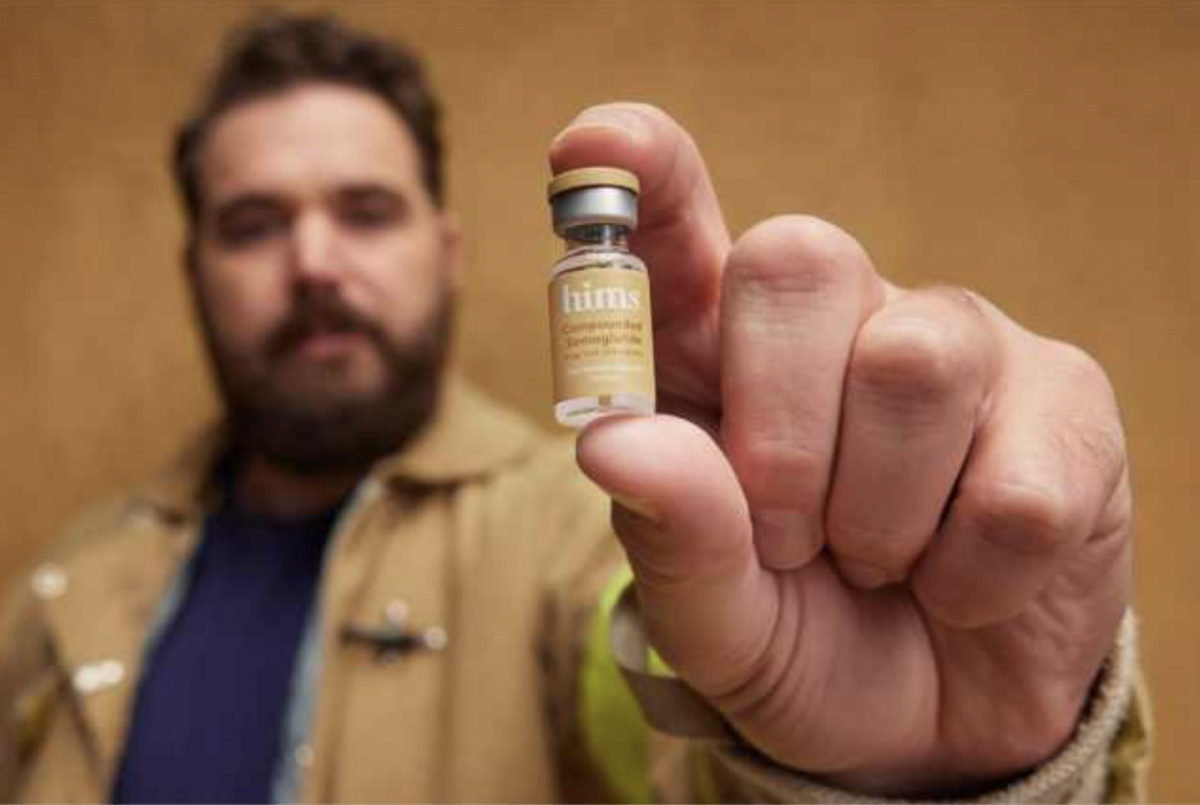While attempting to make a lasting impression, many companies simply go too far. The 2025 Super Bowl advertisements emphasized this phenomenon. Some corporations have exploited the exposure that Super Bowl advertisements give them to boost their products at the cost of spreading misinformation.
The Super Bowl draws in over 100 million viewers each year,. Due to the extremely expensive cost of advertising, with a 30-second advertisement costing upwards of $7 million, companies are pressured to make as much out of each second.
Oftentimes, this leads to companies placing a significantly higher emphasis on their advertisements being memorable than being truthful and moral. They do this by grabbing the audience’s attention through shocking statistics or emotional stories, then advertising a product they claim will resolve a certain problem when, in reality, it has very little beneficial effect.
By spreading misinformation as a marketing tactic, companies overlook and thus risk physical or mental harm to their notably large audience, particularly relevant to their health-related products. In the 2025 Super Bowl, for instance, telehealth company Hims & Hers aired a minute-long advertisement showing images of scales, junk food, and a refrigerator filled with Hims & Hers medication. The advertisement went on to spotlight the state of America’s obesity crisis, stating, “Something’s broken, and it’s not our bodies. There are medications that work, but they’re priced for profits, not patients.”
The ultimate message of the advertisement was that weight loss drugs, such as Ozempic and Wegovy, are not as effective or cheap as Hims & Hers drugs, encouraging the viewers to opt for this less expensive alternative. However, the advertisement failed to mention that while both Ozempic and Wegovy are approved by the US Food and Drug Administration (FDA), the weight loss drug that Hims & Hers was advertising is not. The FDA has warned the public about using such unapproved medication.
This advertisement led to a surge of criticism regarding the potential extreme dangers of such misinformation being aired on a large nationwide sporting event such as the Super Bowl. Particularly with the ongoing obesity crisis and the prevalent issue of eating disorders, advertising a drug that is supposedly able to resolve these issues at a small cost cannot simply be excused as intelligent marketing as it comes at the cost of physical health and well-being.
The impact of this advertisement was unprecedented. This year’s Super Bowl was the most-watched Super Bowl ever, with 127.7 million viewers. The exposure provided led to the Hers app jumping to no. 2 in the Health & Wellness category on the Apple Store despite not even being in the top 10 before the Super Bowl. Shares of Hims & Hers gained 10 percent over one week and traffic increased by 650 percent. Ultimately, the advertisement was ranked fifth in engagement among all ads aired during the game.
With this increase in engagement, thousands of people will inevitably purchase and use the product. Given that the product is not FDA-approved and its potential side effects have not been tested for, many patients may face health issues such as changes in vision and kidney problems. To avoid the high, detrimental risk of such health issues as well as the spread of misinformation, it is vital that in the future, Super Bowl organizers ensure each advertisement is truthful. Only through strict regulation can millions of viewers be protected.


